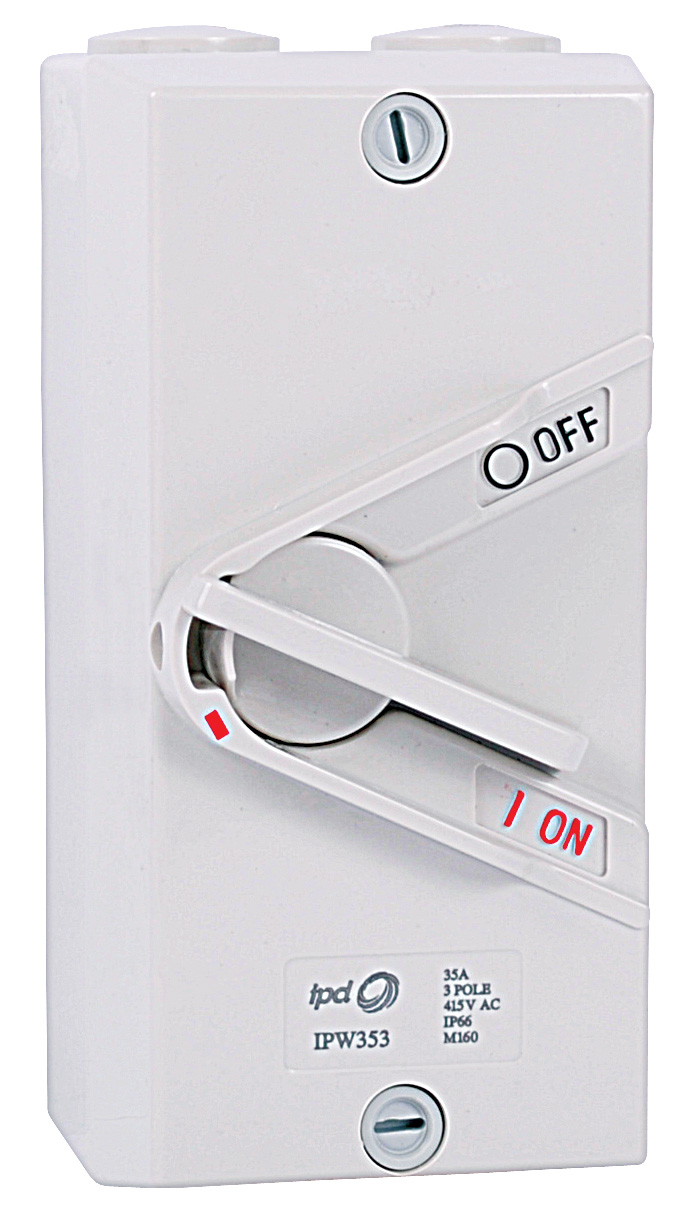IPD's Weatherproof Isolators have been designed to meet the latest industry requirements, ensuring long-lasting durability in even the most extreme weather conditions. Containing advanced features, these isolators are a top choice for outdoor applications, particularly in HVAC&R installations.
1. IP66 Rating for Superior Protection: IPD's Weatherproof Isolators come with an IP66 rating, signifying their resilience to dust and water ingress. This rating ensures that the isolators can endure even the harshest weather conditions, safeguarding electrical circuits from environmental threats.
2. Compliance with Stringent Standards: IPD's isolators undergo rigorous testing and meet the AS/NZS 394.7.3.2.2001 standards. This certification ensures that these isolators adhere to industry-specific quality and safety benchmarks, offering peace of mind for users concerned about reliability.
3. Earth and Neutral Terminals for Practicality: Installation and connection are simplified with the inclusion of earth and neutral terminals. Electricians benefit from the user-friendly design, ensuring efficient and hassle-free setup in various applications.
4. Enhanced Security with Pad Lockable Handle and Entry Options: Security is a paramount concern in electrical installations. The pad lockable handle enhances safety by preventing unauthorised[GB1] access. Furthermore, the option of front and near entries adds flexibility during installation, catering to specific requirements.
5. Versatile Use for Outdoor Applications: IPD's Weatherproof Isolators are designed to accommodate outdoor applications, including those in the HVAC&R sector. These isolators are engineered to thrive in demanding environments, providing robust protection for electrical circuits, making them a reliable choice across various industries.
Secure your electrical systems with the IPD Weatherproof Isolators – your ultimate defence against weather extremes. Visit your local electrical wholesaler now and ask for the IPD Weatherproof Isolators, don’t settle for less; choose the best. |